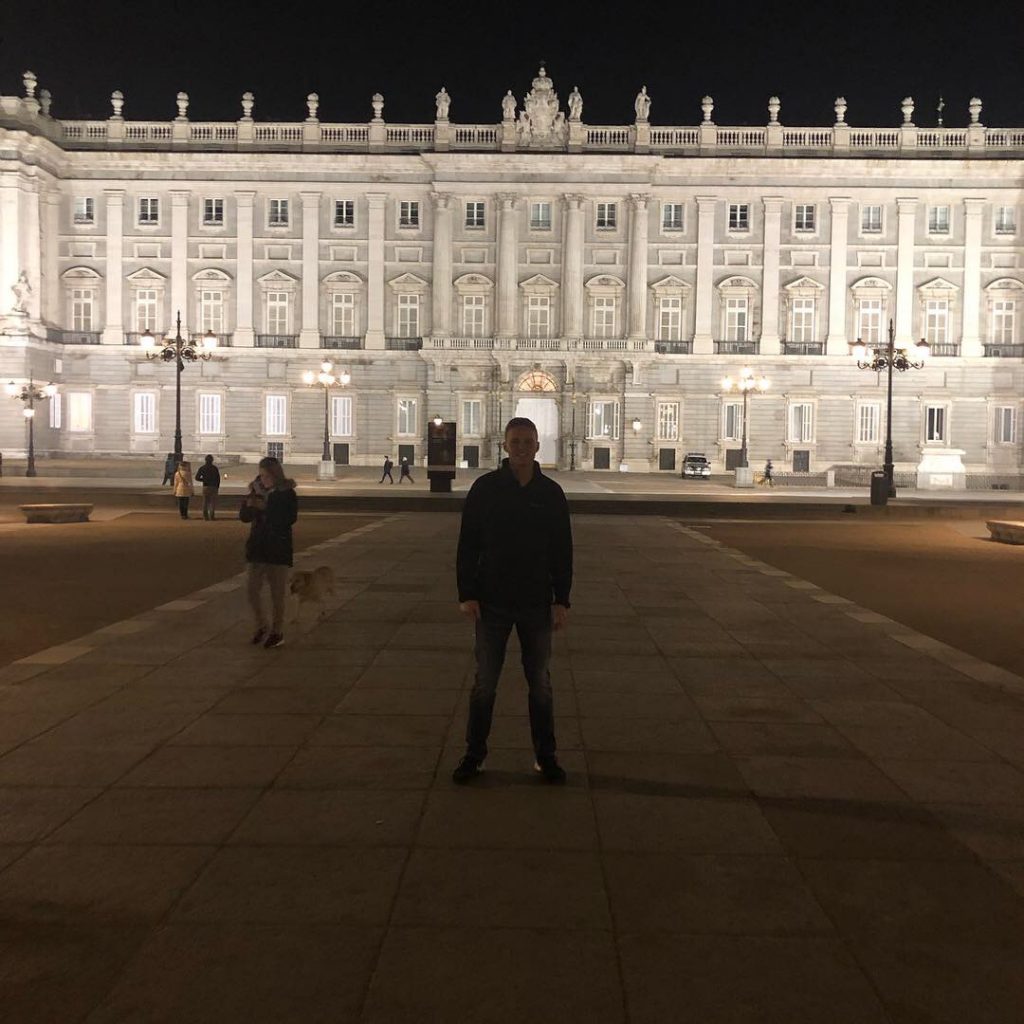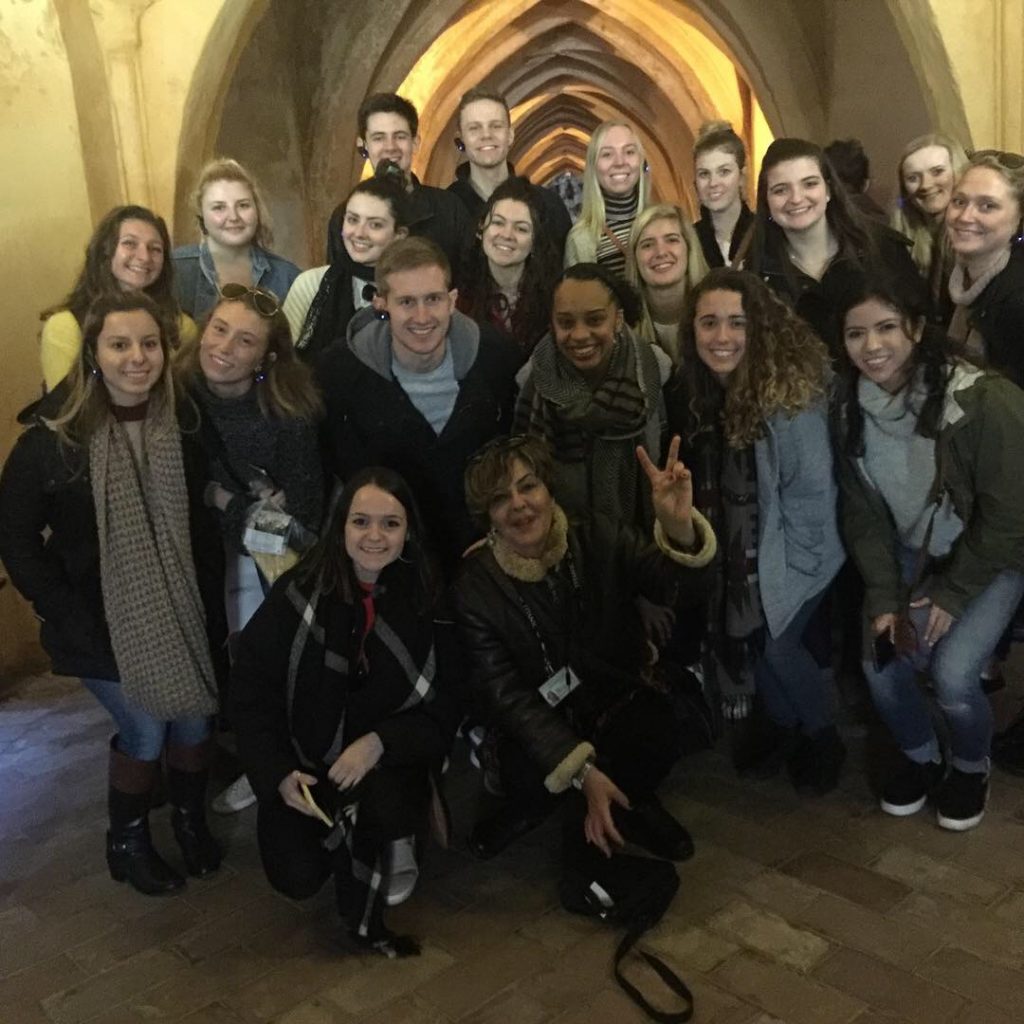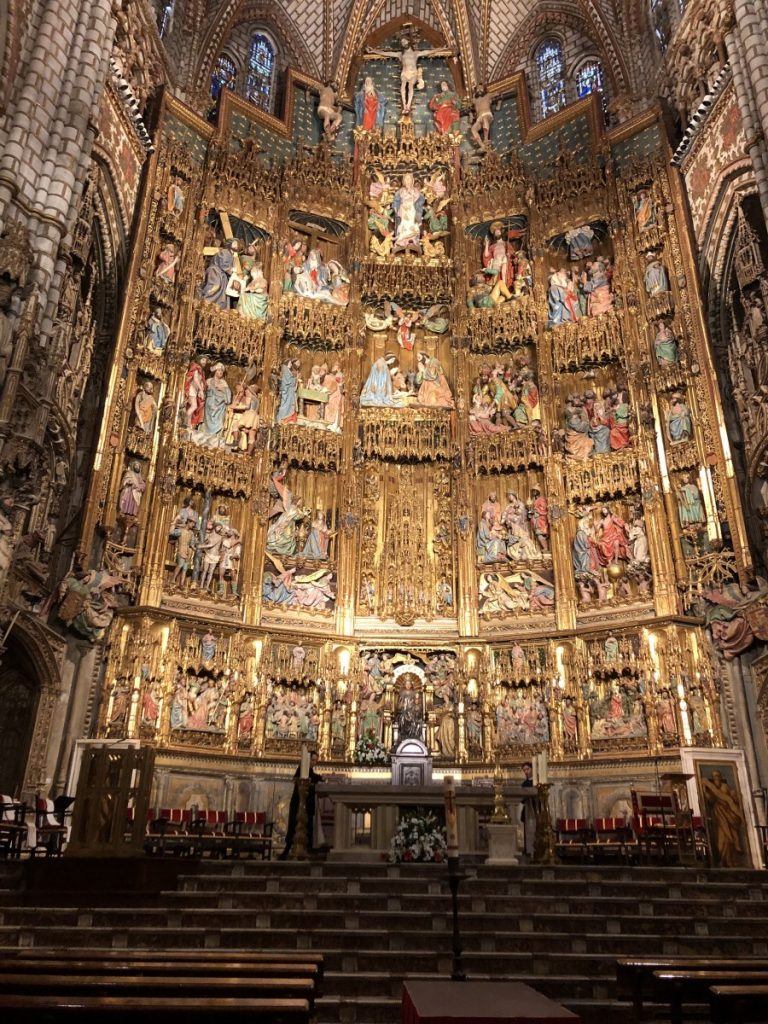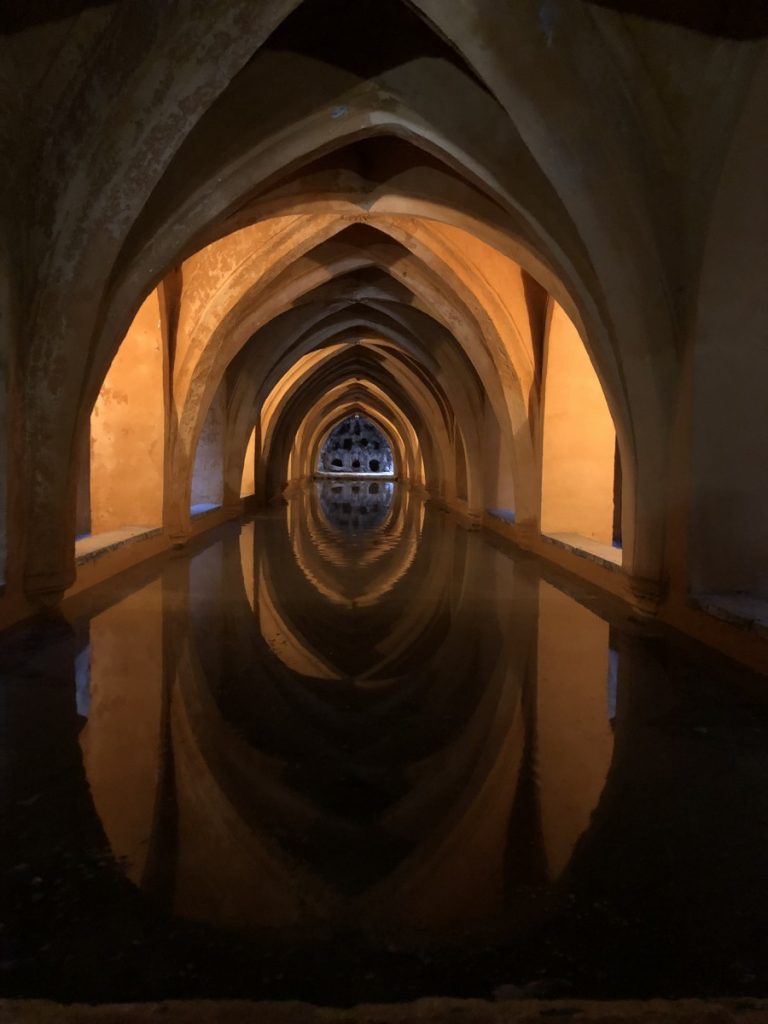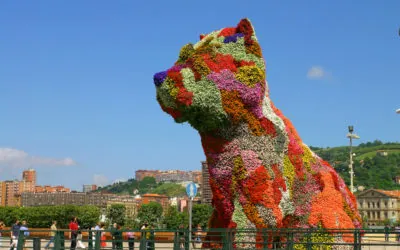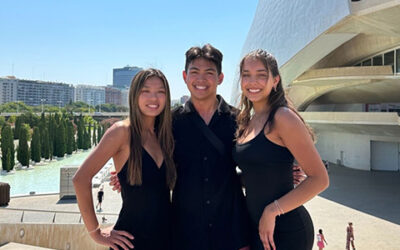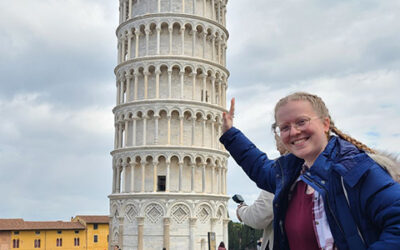Today’s blog post comes to us from UW-Plateville student & API blogger Josh Weaver!
I am back and excited to say I am moved in with my host mom in Sevilla!
The past week has been an intense sightseeing schedule which turns out to be quite exhausting.
Sunday morning I arrived in Madrid which was 1:05 A.M. back in Wisconsin. However, it wasn’t hard to force myself to stay awake for the day with so much to see in Madrid! I think staying awake that first day really helped me conquer the time change with relative ease. Some of the other students in the program took naps and a lot of problems with sleeping at night which delayed their adjustment to the new time.
I’ve had so much fun exploring the beautiful historical sites of Spain!
In Madrid my favorite excursion was to El Museo del Prado which houses some very famous artwork. I loved being able to see the artwork from famous artists like Goya, El Greco, Velazquez, and more which we studied in class last semester. Besides the museum, Madrid’s city center is full of historical buildings, monuments, plazas, and much more.
Our next visit was to El Escorial outside of Madrid which is a royal monastery commissioned by King Philip II and took 21 years to build (1563-1584). It is set against the la sierra de Guadarrama Mountains. The compound houses the living quarters of King Philip II, a library, the royal crypt, an active Basilica, an active monastery, and Catholic grade school. Most of the woodwork, paintings, furniture is the original. For example, the bed in King Philip’s private chambers is the original one he used and passed away in back in 1598.
The same day we arrived in Toledo, which is set in the hills and looks the definition of a Moorish city.
The town’s population of 10,000 is enclosed by the original town walls. There’s remnants of Jewish, Muslim, and Christian heritages in the city with 80 different churches including a cathedral. Almost all the buildings are made out of traditional stone that makes you feel if you are stepping back in time a few hundred years.

It should’ve come as no surprise that Sevilla has so much to offer too!
The cathedral here is the third largest in the world, and is absolutely stunning. Here is the High Altar of the Cathedral. The Alcazar is a royal guesthouse (more or less) for when the king comes to Sevilla. Besides beautiful architecture, there are several large garden areas filled with all types of trees, plants, ferns, but primarily orange trees. There are orange trees everywhere in southern Spain, but they are a sour, decoration hybrid that are not for eating (we found out the hard way).
There is no end of streets to explore with any equally endless number of possibilities of what might be down one of these streets. It has been an exhausting week, but I look forward to exploring more of what Spain has to visit and see!


